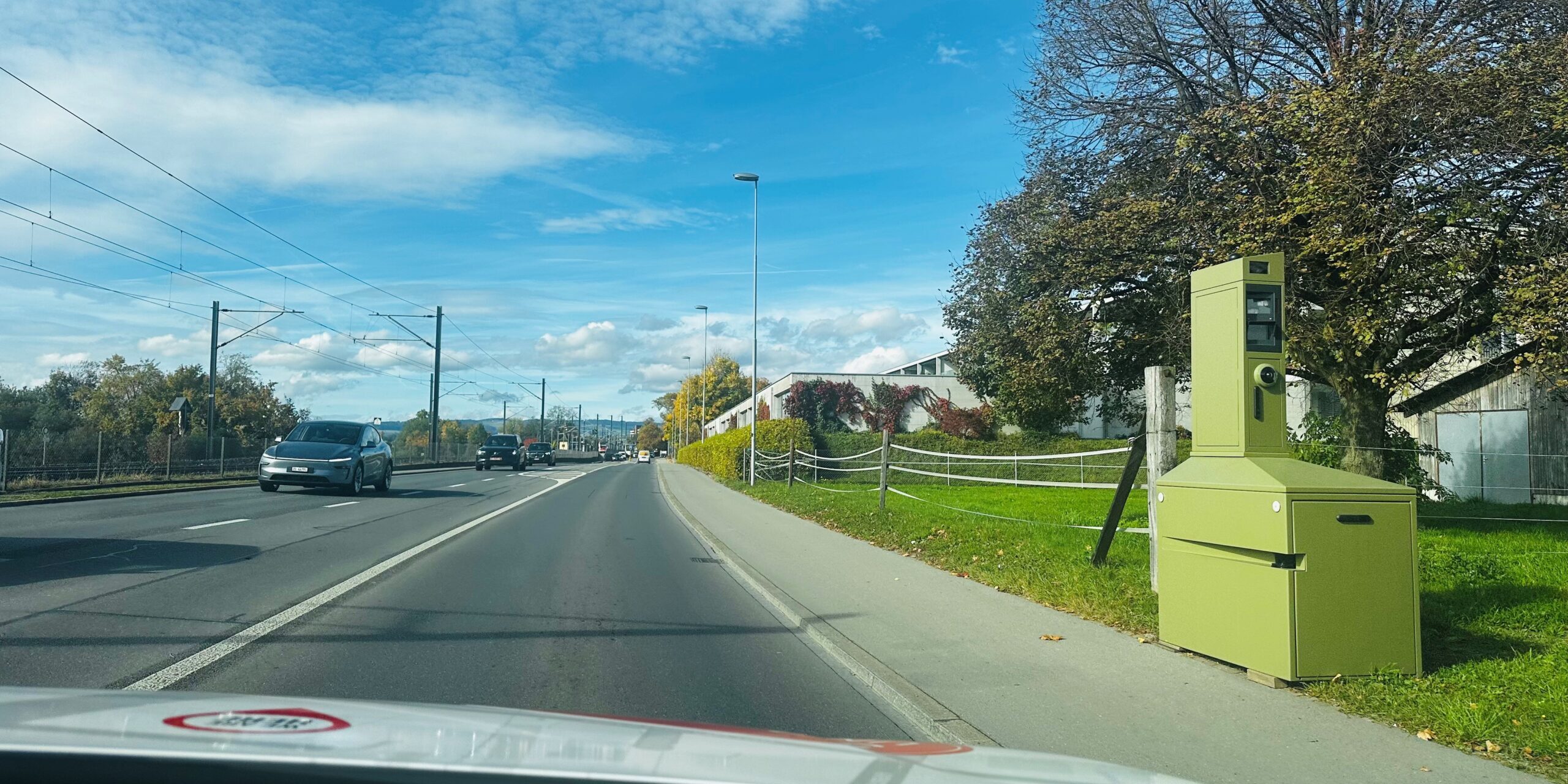Safety deductions for radar systems

Sven Meier
Driving instructor and president of the Zug Traffic School
Who doesn’t know a SchlauMeier? However, a SchlauMeier is by no means just a know-it-all, but a person who convinces with well thought-out contributions and understandable explanations and thus enriches his environment.
This is precisely the intention of Sven Meier, driving instructor and president of the Zug traffic school, in this multifaceted column.
Why is the same amount not always deducted during a speed check?
There are topics that generate more excitement at the regulars’ table in a restaurant than any EVZ game. Especially when it comes to police checks, suddenly everyone is an expert and has an anecdote to share. Recently, I was sitting in a restaurant listening to a heated discussion. Two guests were talking about their experiences of being caught speeding, and both had different safety deductions on their bills. Immediately, the word “arbitrariness” was mentioned.
Not all speed cameras are the same.
Depending on the measuring device and speed, a different safety margin/tolerance is calculated. This is because different devices measure with varying degrees of accuracy, and the legislator takes this difference into account. A radar device works differently than a more precise laser measuring device, and stationary devices measure differently than mobile ones. That is why there are graduated deductions.
A look at the law—more specifically, at Article 8 of the ASTRA Ordinance on Road Traffic Control, Safety Margin—shows that:
- Radar measurement: up to 100 km/h, 5 km/h is deducted; between 101–150 km/h, 6 km/h is deducted; and from 151 km/h, 7 km/h is deducted.
- Laser measurement: this technology is more precise, so less is deducted – namely 3 km/h up to 100 km/h, 4 km/h up to 150 km/h, and 5 km/h from 151 km/h.
There are several other measurement methods, such as stationary radar devices in curves, so-called moving radars from police vehicles, threshold detectors in the asphalt, section speed controls, and even pursuit measurements. Different deductions apply to each of these variants. (A complete overview is available via QR code SR 741.013.1 – Verordnung des ASTRA vom 22. Mai 2008 zur Strassenverkehrskontrollverordnung (VSKV-ASTRA) | Fedlex)
The misunderstanding at the regulars’ table
The fact that two traffic offenders were treated differently with regard to their fines is not a sign of arbitrariness, but simply has to do with different measurement methods. And yes, it may seem complicated, but in the end there is a logical system behind it. For those who don’t want to deal with it, I have a simple tip: just don’t drive too fast. Then you won’t need tables or calculators.
Sometimes slower is faster
One thing is often forgotten: the number written on the traffic sign is the maximum speed limit. Article 32 of the Road Traffic Act (SVG) clearly states that speed must always be adapted to the circumstances, namely the characteristics of the vehicle and its load, as well as the road, traffic, and visibility conditions. Where the vehicle could disrupt traffic, drivers must drive slowly and stop if necessary, particularly at blind spots, intersections with poor visibility, and railroad crossings.
And let’s be honest: driving comfortably and with foresight not only saves you stress and fines, but often gets you to your destination just as quickly.
Conclusion
The discussions at the regulars’ table are unlikely to stop anytime soon—but maybe next time you can impress everyone with a little bit of expert knowledge. And if you do happen to get caught speeding unexpectedly, remember that the police don’t hand out tolerance deductions arbitrarily, but simply follow the rules.





